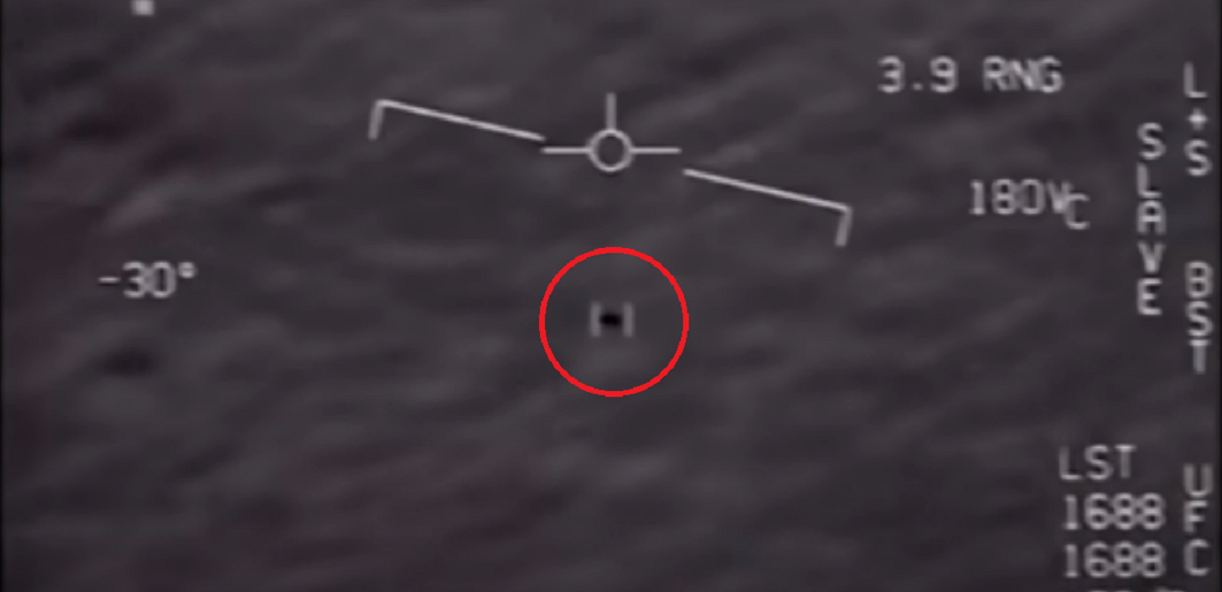The Pentagon office in charge of fielding UFO reports says that it has resolved 118 cases over the past year, with most of those anomalous objects turning out to be balloons. But it also says many other cases remain unresolved.
This year’s legally mandated report from the Department of Defense’s All-Domain Anomaly Resolution Office, or AARO, also identifies areas of the world that seem to be hotspots for sightings of unidentified flying objects. Such objects have been re-branded as unidentified anomalous phenomena, or UAPs.
Today’s report come just one day after a House subcommittee hearing about UAPs, during which witnesses — and some lawmakers — voiced concerns about potential alien visitations and undisclosed efforts to gather evidence. In contrast, the Pentagon’s report for the 2023-2024 time period states that, “to date, AARO has discovered no evidence of extraterrestrial beings, activity or technology.”
Continue reading “Pentagon’s Latest UFO Report Identifies Hotspots for Sightings”









